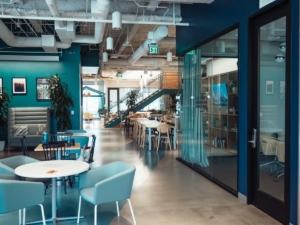The traditional office brainstorming meeting may be occasionally chaotic, with interruptions and spirited debate. That kind of collaboration has its pros and cons, but is it more likely to result in innovation than remote meetings are?
Video meetings are often more rigid and less interactive, with just passive participation from some attendees. During the pandemic, almost half of remote workers said they were silent during virtual meetings. Many workers were tired of video meetings, and consider this kind of collaboration to be less engaging.
How do executives make it easier to be innovative in a remote and hybrid work environment? Is it possible to have the same impromptu, spirited interactions where participants can freely brainstorm and riff on ideas? Here are some ways technology experts say you can support innovation among a hybrid workforce.
Improve meeting management and technology
Embrace collaboration styles and formats that give everyone the opportunity to participate. This may mean adopting a variety of tools that allow employees to contribute in the ways they feel comfortable, including messaging apps, whiteboarding tools, and video conferencing platforms.
Consider creating meeting templates or formats that ensure collaboration runs smoothly and maximizes engagement. For example, certain kinds of meetings may run better with a moderator and with defined expectations and meeting etiquette.
Many organizations are still trying to implement the technology necessary for collaboration that allows invention and innovation. Sam Sabet, Executive Vice President and CTO of Shure, explained, “Inadequate equipment often results in team members struggling to achieve a satisfying conversation flow that enables all members to equally contribute. Remote attendees rarely lead discussions, are often side-lined and do not contribute fully.”
Ronja Harste, Product Manager, Business Communication at Sennheiser, recommended these tools and technologies for better remote and hybrid collaboration:
Mural is a great digital whiteboarding tool for active collaboration. It provides work templates and allows remote and in-room collaborators to participate, contribute, and interact equally during meetings and projects.
Sennheiser TeamConnect Bar and Ceiling solutions enhance clarity and visibility. The microphones feature advanced beamforming, so it doesn’t matter whether or not the participants speak near or in the direction of the microphone. Video features in the all-in-one bar solutions include Auto-Framing and Person Tiling to support inclusivity. Person Tiling uses advanced AI to give every meeting participant a tile that brings them to the forefront of the video.
Designate spaces for specific uses
In addition to getting the right tools, consider how to best use your space. The office and home office can each be used for different kinds of work and collaboration. “If people do better focus-work at home, it is logical to turn the office into a place meant exclusively for bringing people together and promoting the free-flowing exchange of ideas,” explained Sam Sabet of Shure. “This makes reconfiguring workspaces critical to building the right employee experience.”
Office spaces are great for establishing company culture and relationships. Ronja Harste of Sennheiser said it’s good for employees to meet in person for the first time. “They allow for casual conversations alongside formal meetings, establishing a strong foundation for future virtual interactions,” Harste added. “Remote meetings shouldn’t be seen as a replacement for in-person socialization. Rather, they should be seen as a valuable complement, with the potential for enhancing relationships and ideas through the greater frequency of contact they make possible.”
Make meetings more engaging
Innovation is not always planned in a formal meeting setting. You can allow for spontaneity and a casual exchange of ideas by supplementing meeting tools with messaging apps. You can also facilitate breakout sessions during larger meetings to allow for more casual conversations and ideation.
Some companies have worked to make remote meetings more engaging by incorporating more engaging elements like closed captioning and live Q&As. Fortunately, not all the weight of innovation rests on the shoulders of meetings. Half the time, collaboration occurs in messaging apps. Emails are the next most frequently used collaboration tool, and only 19% of collaboration happens in meetings.
The location of the collaborators is only a small piece of the innovation puzzle. As Ronja Harste of Sennheiser explained, “Let’s not forget that technology is the facilitator. True innovation, wherever it happens, ultimately depends upon the people and the basics of good meeting management. Technology alone cannot compensate for a flawed agenda or a lack of moderation.”
Equip Your Teams for Innovation
Experts agree that the goal shouldn’t be to make the remote meeting experience identical to the in-person meeting experience. There will be differences, challenges, and advantages to both. And whatever the differences are, quality technology will continue to close the gap.
Let us help you get started on creating a more innovative hybrid workplace.










